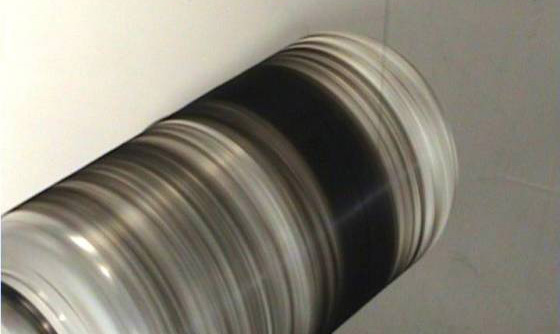University of Cambridge spin-out Q-Flo Limited has signed an agreement with a major manufacturer to continue the commercial development of its super-strong carbon nanotube fibre, which is three times tougher than that currently used to make body armour.
Q-Flo was spun-out from the Department of Materials Science and Metallurgy in 2004 by Professor Alan Windle and Dr Martin Pick to exploit the synthesis of carbon nanotubes in the form of so-called ‘elastic smoke’, in which the nanotubes are loosely entangled with each other.
Carbon nanotubes consist of a special arrangement of carbon atoms. Normally, as in graphite, the atoms are arranged hexagonally and layered in sheets. In nanotubes however, the sheets are rolled up to form minute tubes, only a few atomic dimensions in diameter.
While existing body armour will usually be designed to provide sufficient protection, it needs to be made lighter to increase the likelihood that people will actually wear it in combat situations. That means better materials.
Professor Alan Windle
Windle’s team found a way to wind up the elastic smoke into continuous fibre, in which the nanotubes themselves are aligned along the fibre length. The fibre is five times thinner than a human hair and only just visible to the naked eye. The fibre could be used to make ropes, cables, fabric and composite materials as well as body armour.
Q-flo has signed a deal with Plasan, a major manufacturer of body armour based in Israel. The two companies have set up TorTech, a joint venture company, which has signed an agreement to commercialise Q-Flo’s technology in the area of body armour and composite motor vehicle bodies, both rapidly growing sectors.
The fibre has an axial strength and stiffness in the range of conventional carbon fibre, however its outstanding quality is its exceptional toughness, some three times that of Kevlar. It is thus highly resistant to damage and tolerant of defects. Its yarn-like nature also means that it keys most successfully into the matrix resin of composites. The potential advantage of such materials is, not necessarily in terms of enhanced performance, but in providing the same performance at lighter weight.
Said Professor Windle, “while existing body armour will usually be designed to provide sufficient protection, it needs to be made lighter to increase the likelihood that people will actually wear it in combat situations. That means better materials.”
However, body armour or other high performance materials made from carbon nanotubes is still some way off. The current process for making the yarn is capable of turning out one gram per day, enough to stretch 18 miles in length, so it is good news that the process is now being scaled up for industrial production.
Cambridge Enterprise Limited, the commercialisation group of the University of Cambridge, filed an initial patent application for the technology in July 2003.











